Big cats have always fascinated humans, not only for their sheer power and grace but also for their striking patterns. As we delve into the world of these majestic creatures, you might find yourself asking: Why do some big cats have spots, while others have stripes? This question has intrigued scientists and cat enthusiasts alike. Let’s explore the evolutionary and environmental factors behind these captivating patterns.
The Evolutionary Role of Patterns
Patterns on big cats serve a crucial evolutionary purpose. These markings have evolved over thousands of years to aid in survival. For instance, the spots on a leopard or the stripes on a tiger aren’t just for show. They help these animals blend into their surroundings, providing camouflage from both predators and prey. This camouflage is essential for hunting, as it allows the big cats to stealthily approach their prey without being detected. The evolution of these patterns is a testament to the adaptability and intelligence of these magnificent creatures.
Camouflage: Nature’s Disguise
Camouflage is one of nature’s most effective survival strategies. Big cats like leopards and cheetahs have spots that mimic the dappled sunlight filtering through the leaves of trees. This helps them stay hidden in the forested areas where they hunt. On the other hand, tigers have stripes that resemble the tall grasses and reeds of their jungle habitats. This allows them to blend seamlessly into their environment, making it easier to ambush unsuspecting prey. The art of camouflage is a testament to nature’s ingenuity and the adaptability of big cats.
The Science Behind Spots
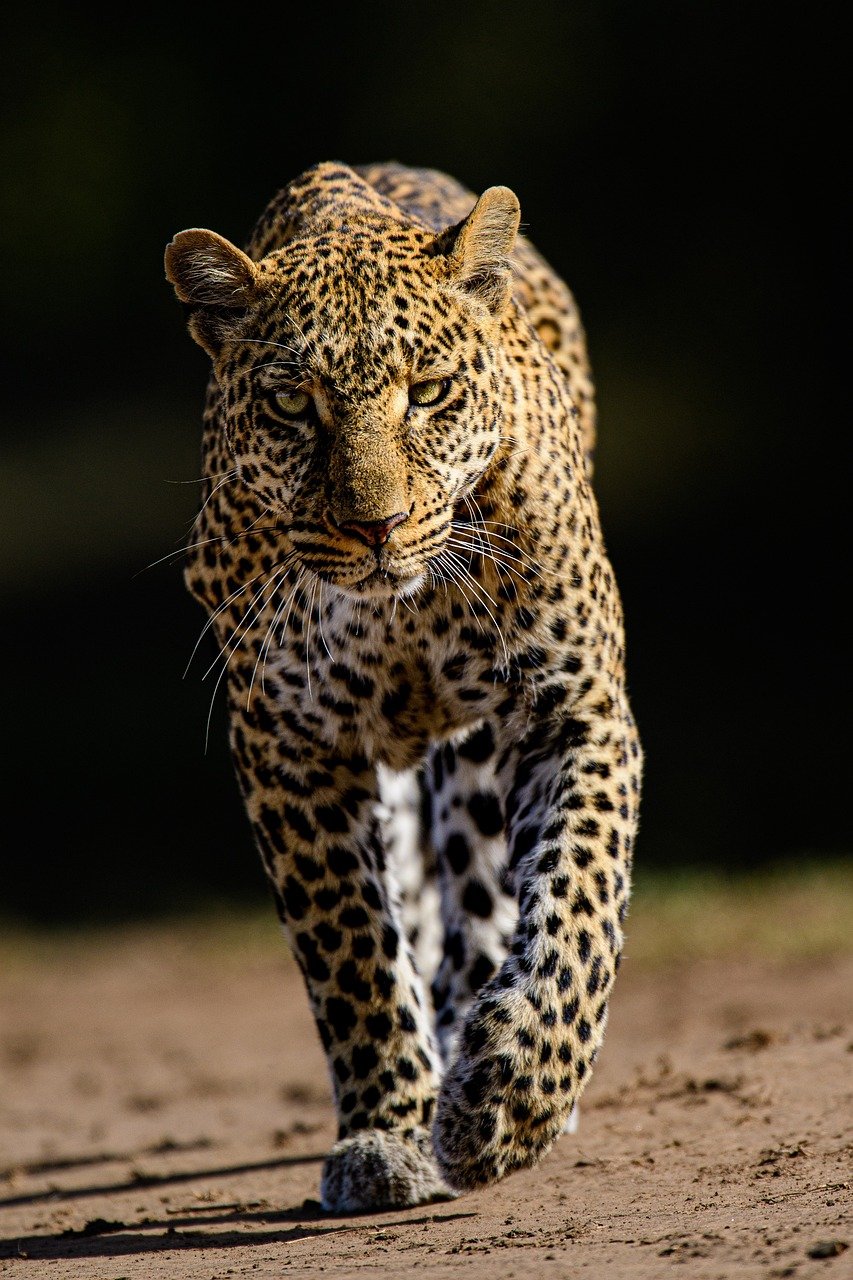
The spots on a leopard or cheetah are more than just beautiful markings. These spots are scientifically referred to as rosettes, and they play a vital role in the cat’s survival. The spots help to break up the outline of the animal, making it harder for predators or prey to spot them from a distance. This pattern is particularly effective in wooded or bushy environments, where light and shadow play a crucial role in visibility. The science behind these spots is a fascinating blend of genetics, evolution, and environmental adaptation.
Understanding Stripes: A Unique Advantage

Tigers are renowned for their striking stripes, which are as unique as human fingerprints. These stripes provide a unique advantage in their natural habitat. In the dense forests and grasslands where tigers roam, their stripes help them blend into the vertical lines of reeds and grasses. This camouflage is crucial for stealth hunting, allowing the tiger to get close to its prey without being detected. The uniqueness of each tiger’s stripes also helps individuals recognize one another, playing a role in social interactions within the species.
The Genetics of Big Cat Patterns
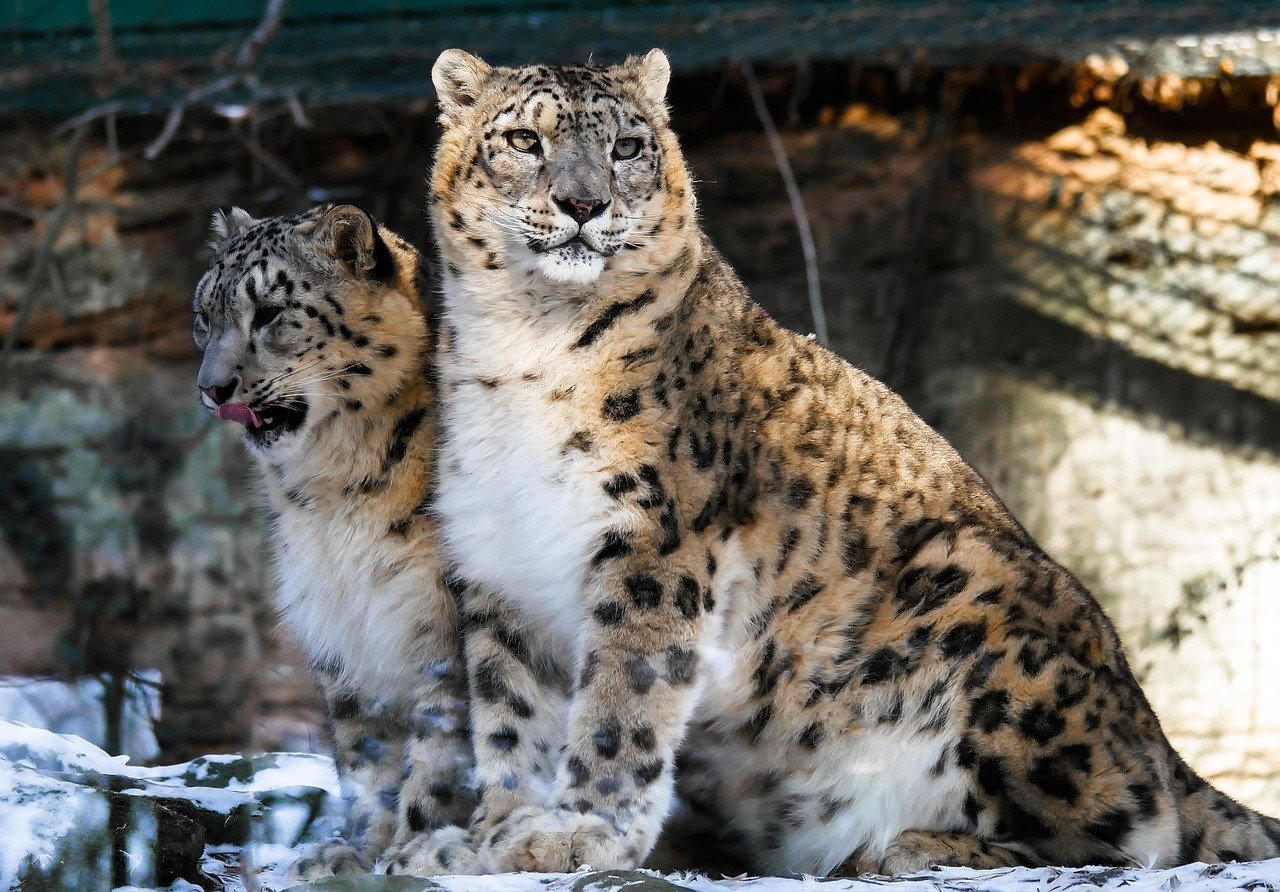
The patterns on big cats are determined by their genetic makeup. Scientists have discovered that specific genes control the development of spots and stripes. In leopards and cheetahs, a gene known as the “spotting gene” is responsible for their rosette patterns. Similarly, a different set of genes influences the development of stripes in tigers. These genetic variations have evolved over time, driven by the need for effective camouflage in diverse habitats. The study of these genes offers valuable insights into the evolutionary history of big cats.
Habitat Influence on Patterns
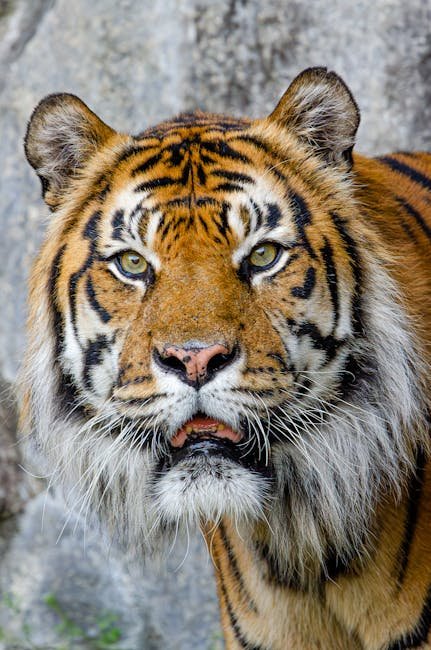
The habitat in which a big cat lives plays a significant role in determining its pattern. Leopards and cheetahs, which are often found in savannas and woodlands, have evolved spots to blend into the dappled sunlight and shadows of their environment. Tigers, on the other hand, inhabit dense forests and grasslands, where their stripes provide effective camouflage. The interplay between habitat and pattern is a fascinating example of nature’s ability to adapt and evolve to meet the challenges of survival.
The Role of Predation and Prey
The relationship between predator and prey is a driving force behind the development of patterns in big cats. Spots and stripes are crucial for hunting success, allowing these cats to approach their prey without being detected. For instance, a cheetah’s spots help it blend into the tall grasses of the savanna, enabling it to get close to its prey before launching its lightning-fast sprint. Similarly, a tiger’s stripes allow it to ambush deer and other prey in the dense forest. The dynamics of predation and prey illustrate the importance of these patterns in the survival of big cats.
Patterns as a Form of Communication
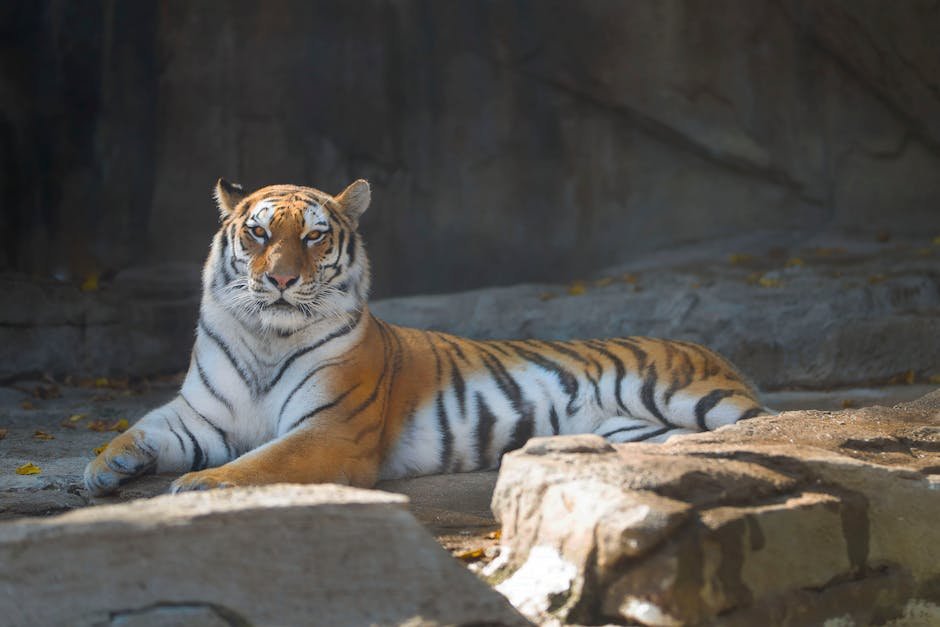
While camouflage is the primary function of patterns, they also serve as a form of communication among big cats. Each cat’s pattern is unique, allowing individuals to recognize one another. This recognition is essential for social interactions, particularly for species that live in groups or have territories. For example, a mother leopard can identify her cubs by their spots, ensuring that she cares for her offspring. The patterns also play a role in mating, with individuals using their unique markings to attract potential mates.
The Mystery of Melanism
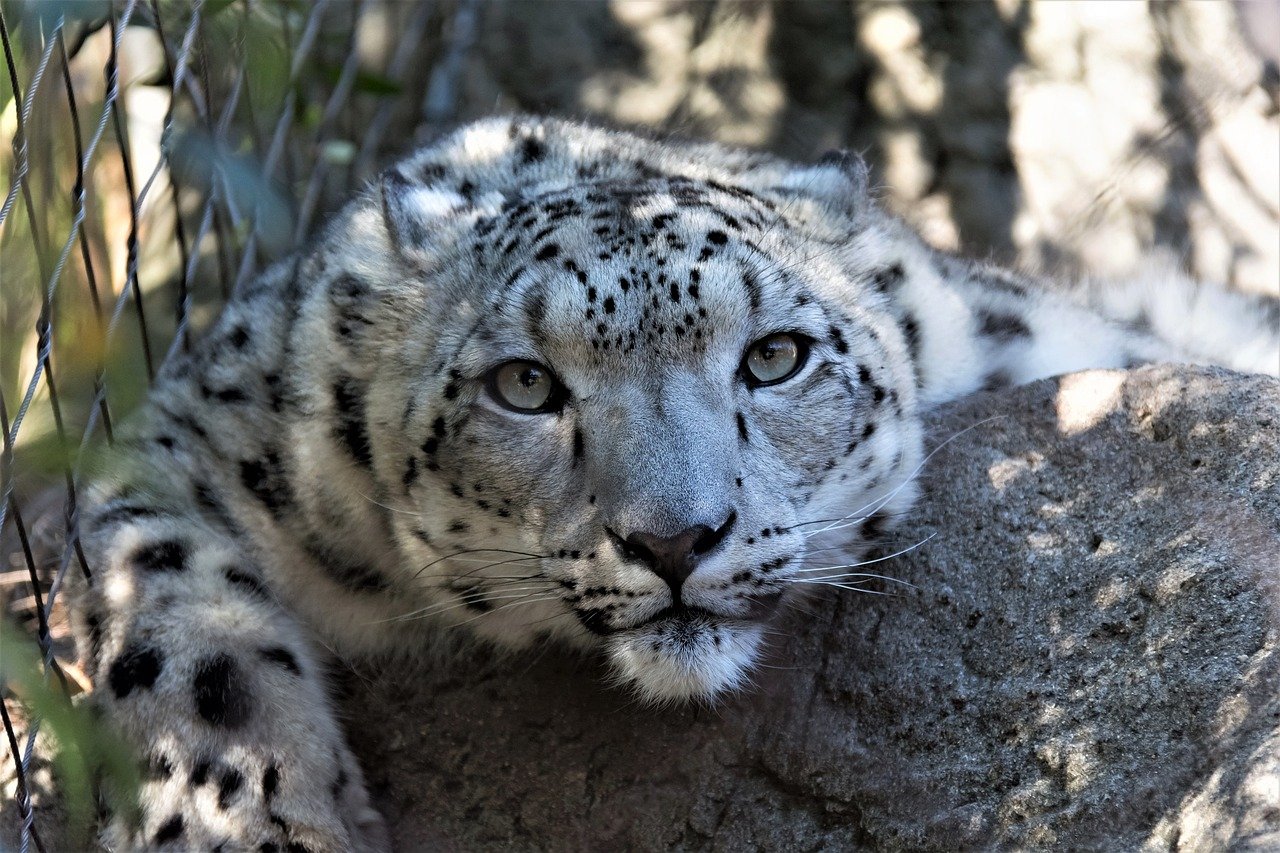
Melanism is a fascinating phenomenon where big cats develop an all-black coat, obscuring their spots or stripes. This condition is caused by a genetic mutation, resulting in an excess of dark pigmentation. Melanistic leopards, also known as black panthers, are a striking example of this phenomenon. Despite their dark coats, the underlying pattern of spots or stripes is still present, visible under certain lighting conditions. Melanism is a rare but natural occurrence, adding to the mystique and allure of big cats.
Patterns and Human Fascination
The striking patterns of big cats have captivated humans for centuries. From ancient art to modern fashion, these patterns have been a source of inspiration and admiration. The allure of spots and stripes goes beyond their practical purpose, evoking a sense of mystery and beauty. Big cats have become symbols of power and grace, with their patterns playing a central role in their mystique. This fascination has led to efforts to conserve and protect these magnificent creatures and their habitats.
Patterns and Conservation Efforts
The unique patterns of big cats have become a focal point in conservation efforts. These markings help researchers identify and track individuals, providing valuable data on population dynamics and behavior. Conservationists use this information to develop strategies for protecting these endangered species and their habitats. By understanding the role of patterns in the lives of big cats, we can better appreciate the importance of preserving these animals for future generations. Conservation efforts aim to ensure that the beauty and majesty of big cats continue to inspire and captivate us.
The Cultural Significance of Big Cats
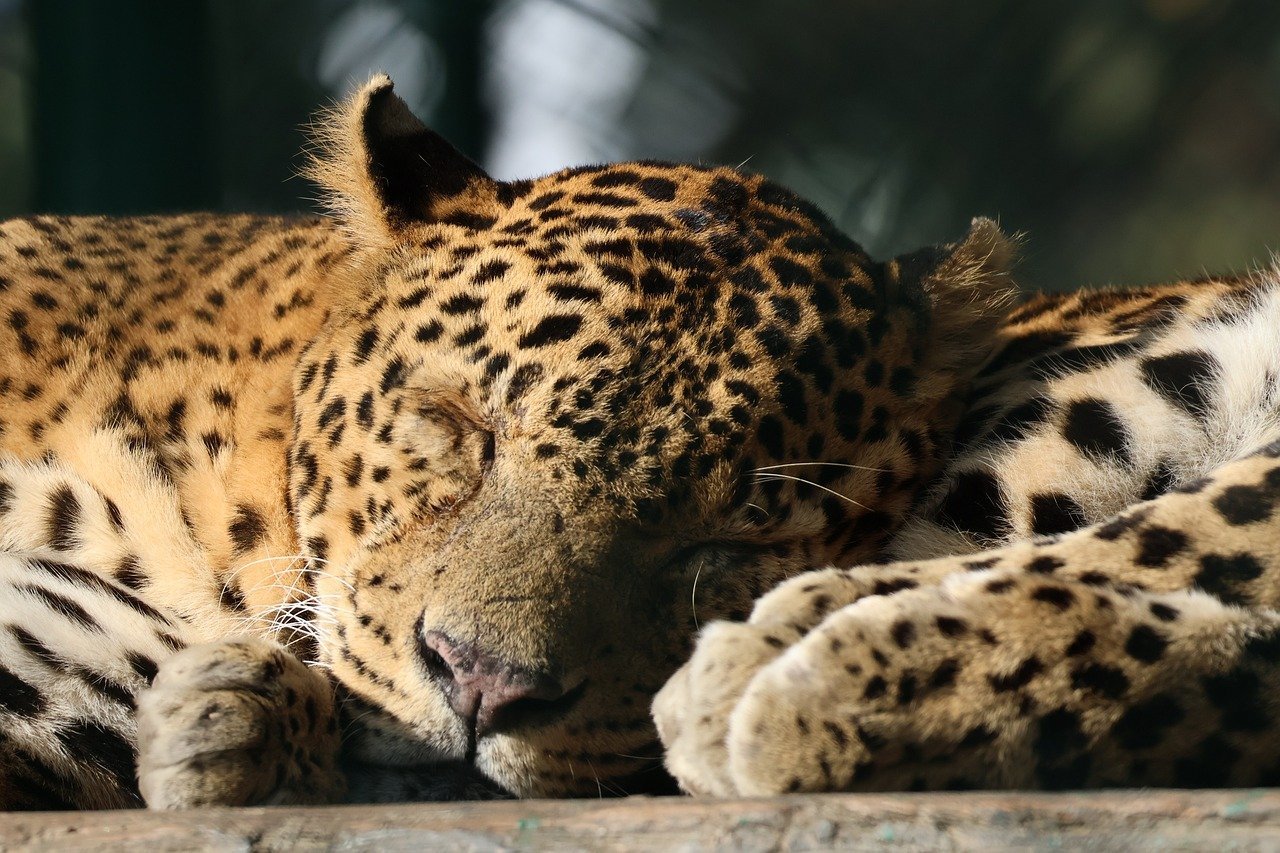
Big cats and their patterns have played a significant role in various cultures throughout history. In many societies, these animals are revered as symbols of strength, courage, and beauty. Their spots and stripes have been incorporated into art, mythology, and folklore, reflecting the deep connection between humans and these majestic creatures. The cultural significance of big cats highlights the enduring impact they have on our collective imagination and the importance of preserving their legacy.
Patterns and Their Impact on Ecotourism
The allure of big cats and their patterns has fueled the growth of ecotourism, drawing visitors from around the world to witness these magnificent creatures in their natural habitats. Ecotourism provides an economic incentive for local communities to protect and conserve big cats and their environments. The unique patterns of these animals are a major attraction, offering visitors the opportunity to observe and appreciate the beauty of nature up close. This connection between patterns and ecotourism underscores the value of big cats in promoting conservation and sustainable development.
The Future of Big Cat Patterns
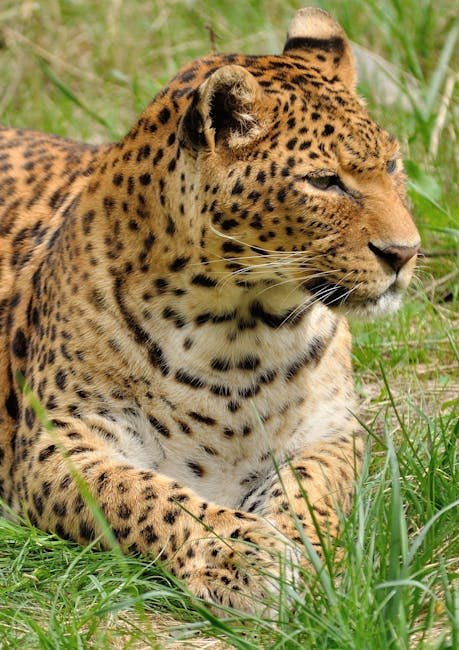
As we look to the future, the patterns of big cats will continue to play a vital role in their survival and conservation. Advances in genetic research and technology offer new insights into the development and evolution of these markings, providing valuable tools for understanding and protecting these animals. By studying the patterns of big cats, scientists can uncover the secrets of their adaptability and resilience, offering hope for their continued existence in a changing world. The future of big cat patterns is a testament to the enduring beauty and mystery of these remarkable creatures.
Patterns and Climate Change
Climate change poses a significant threat to the habitats and survival of big cats. As their environments change, so too may the patterns that have evolved to suit them. Changes in vegetation, temperature, and prey availability can impact the effectiveness of camouflage, forcing big cats to adapt or face increased challenges. Understanding the relationship between patterns and climate change is crucial for developing strategies to protect these animals and ensure their continued survival in a rapidly changing world.
The Role of Patterns in Big Cat Behavior
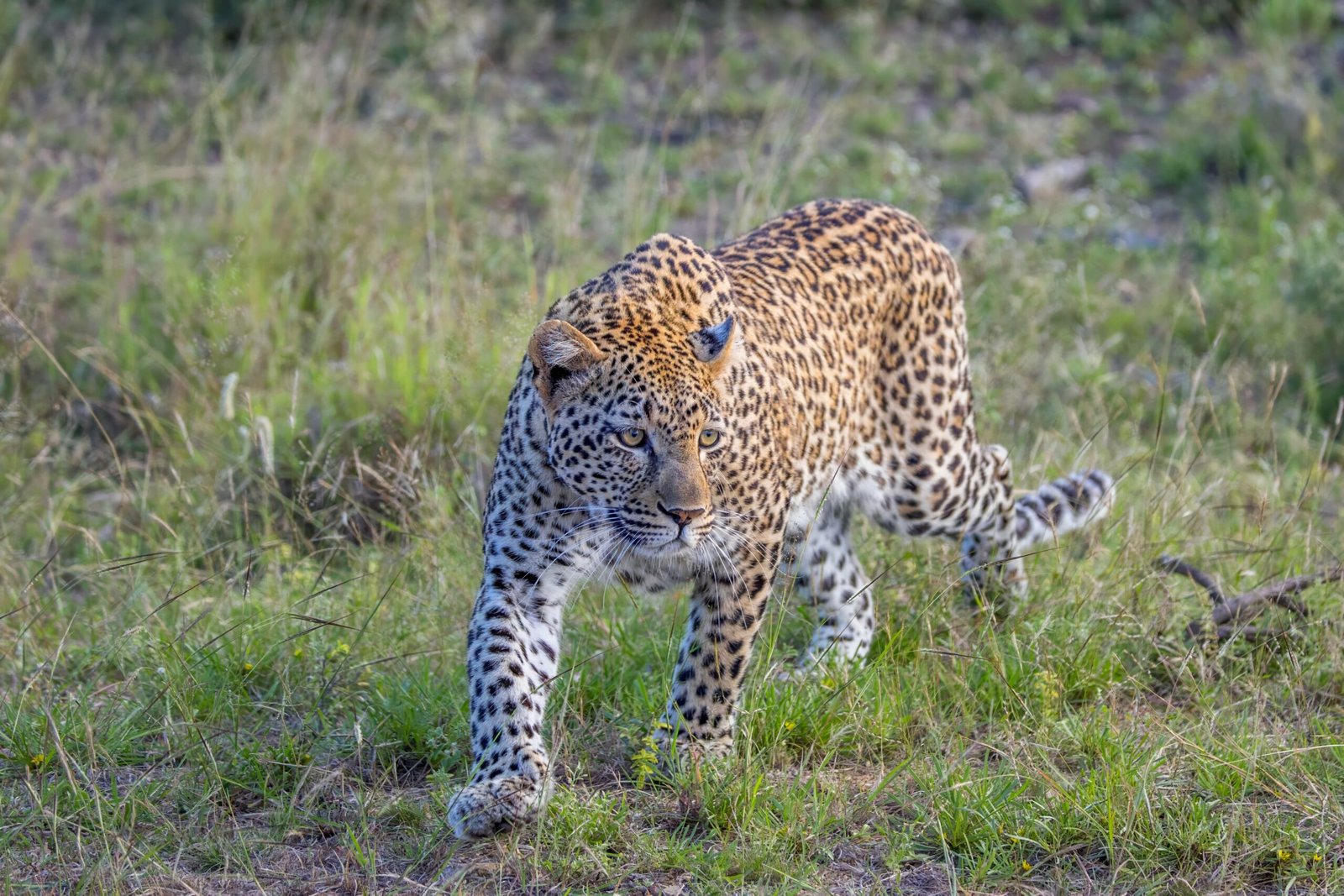
The patterns on big cats are not only essential for survival but also play a role in their behavior. These markings can influence social interactions, territorial disputes, and mating rituals. For example, a tiger’s stripes may signal dominance or submission during encounters with other tigers. Similarly, a leopard’s spots can communicate information about its age, health, and reproductive status. The intricate relationship between patterns and behavior highlights the complexity and intelligence of these animals, offering a glimpse into their fascinating world.
Patterns and Human Interaction
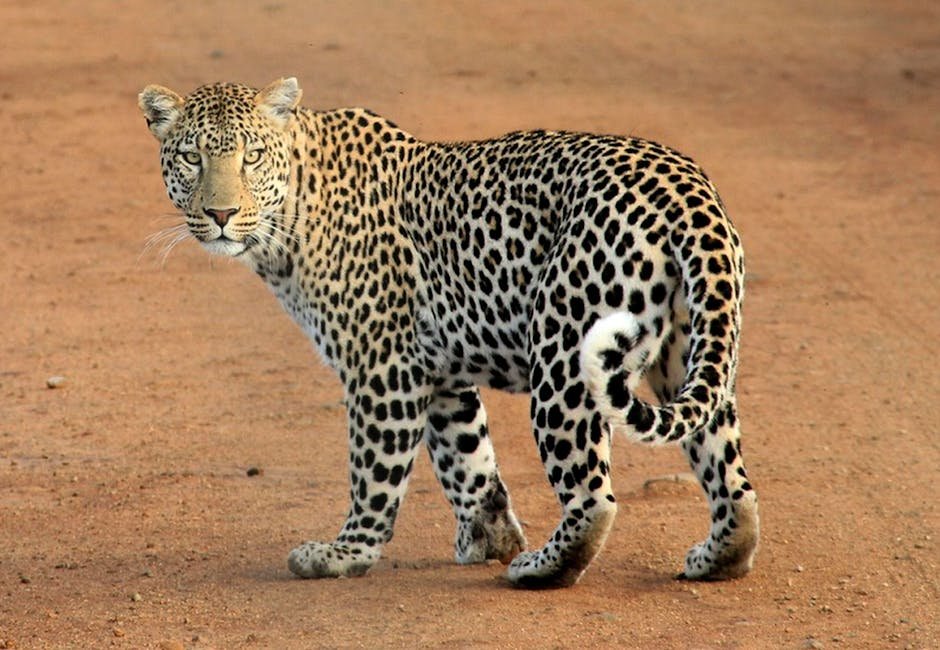
Human interaction with big cats has been shaped by their patterns, influencing everything from hunting practices to conservation efforts. Historically, the allure of spots and stripes has made these animals targets for poaching and the illegal wildlife trade. However, increased awareness and appreciation of their beauty have also led to efforts to protect and conserve them. By understanding the role of patterns in human interaction, we can work towards a future where big cats are valued for their ecological and cultural significance, rather than exploited for their markings.
The Science of Pattern Formation
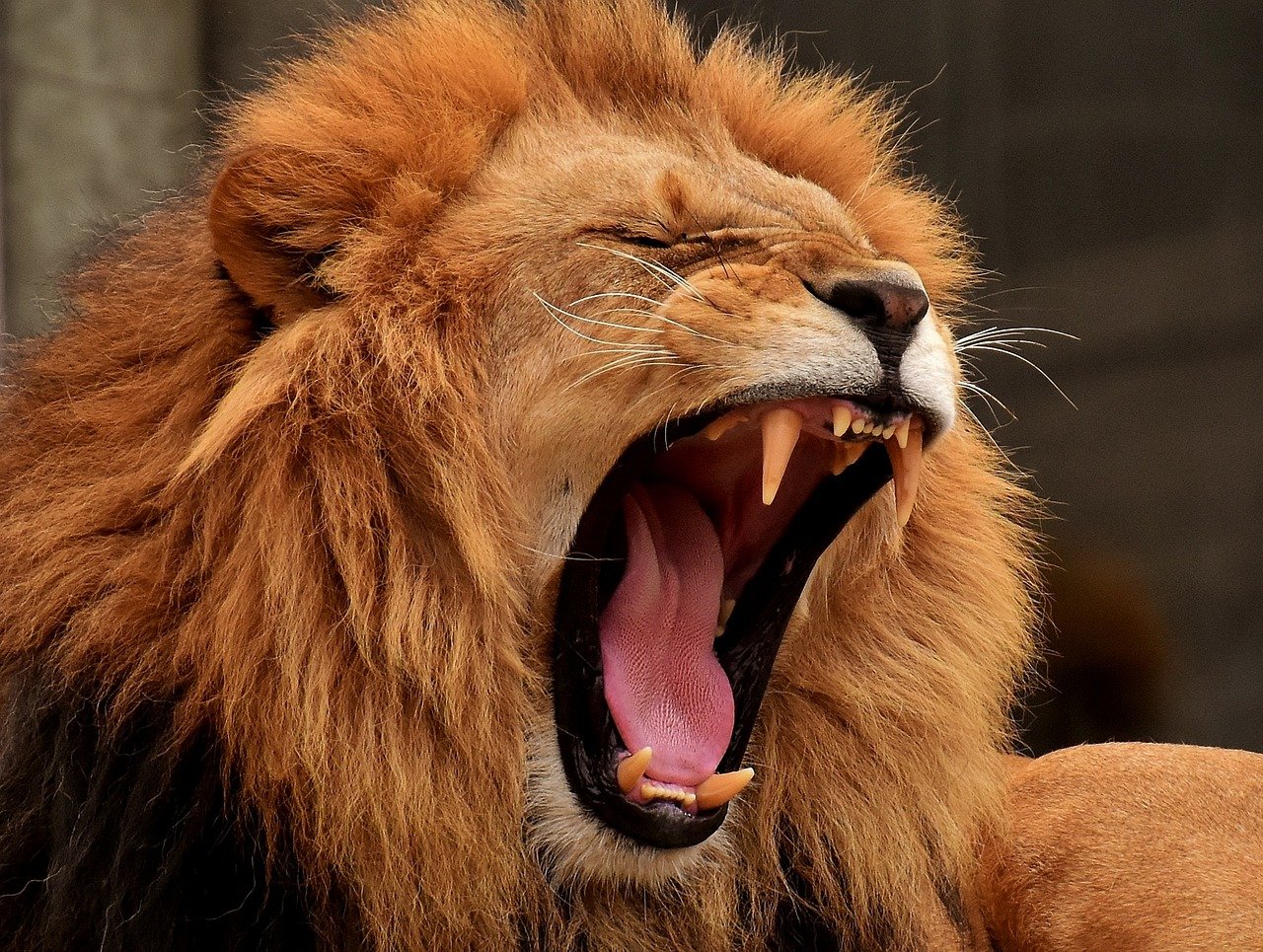
The formation of patterns on big cats is a complex process influenced by genetics, environment, and evolution. Scientists study the development of spots and stripes to uncover the underlying mechanisms that drive their formation. This research offers insights into the broader field of pattern formation in nature, revealing the intricate interplay between biology and environment. By studying the science of pattern formation, we can deepen our understanding of the natural world and the remarkable adaptations of big cats.
Patterns and the Future of Big Cats
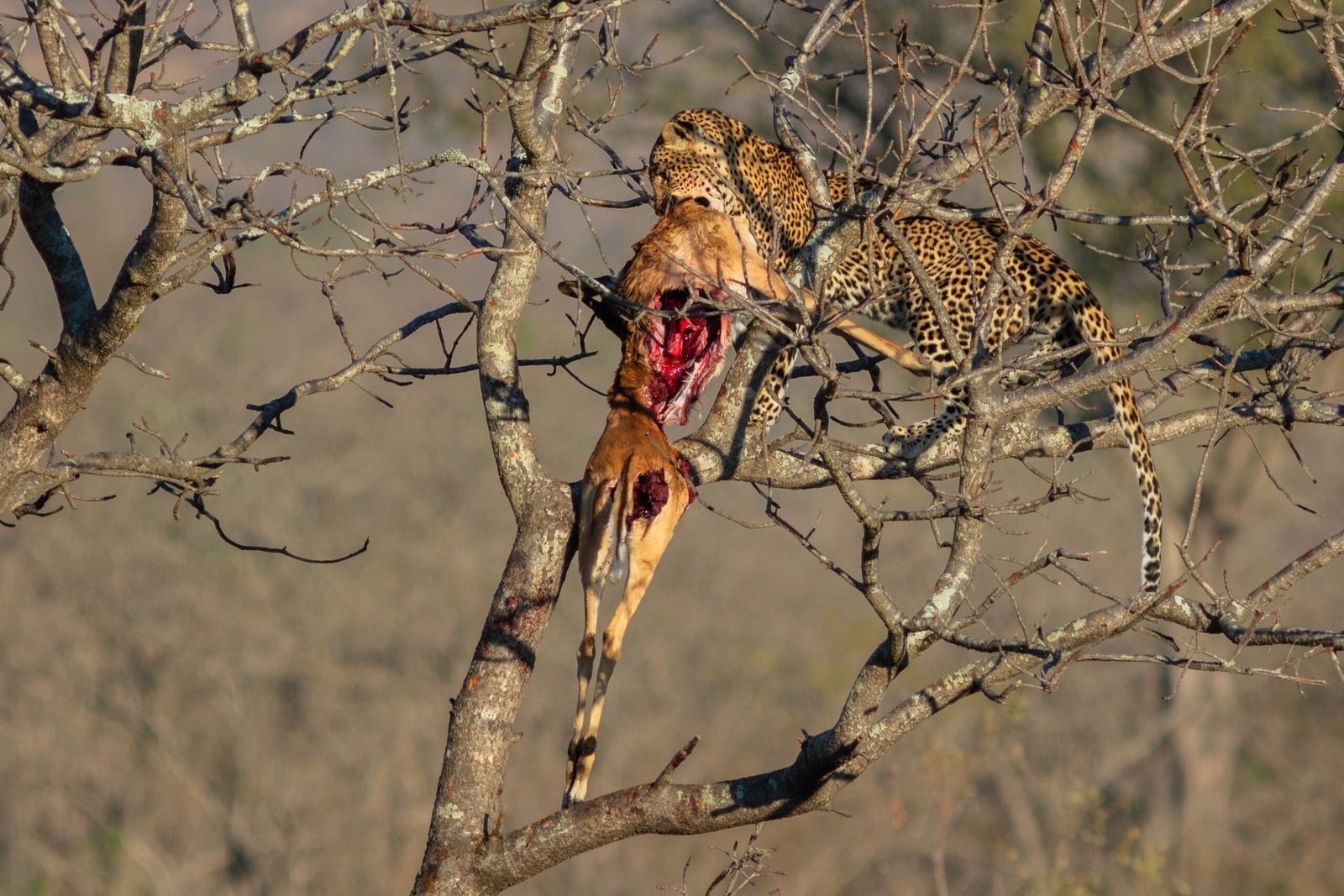
The future of big cats and their patterns is uncertain, facing threats from habitat loss, climate change, and human conflict. However, efforts to conserve and protect these animals offer hope for their continued survival. By understanding the role of patterns in their lives, we can develop strategies to ensure that big cats continue to thrive in the wild. The patterns of big cats are a testament to the beauty and resilience of nature, reminding us of the importance of preserving these magnificent creatures for future generations.
Conclusion

The patterns of big cats, whether spots or stripes, are more than just beautiful markings. They are a testament to the incredible adaptability and intelligence of these animals, evolved over millennia to aid in survival. From camouflage to communication, these patterns play a vital role in the lives of big cats, influencing everything from hunting success to social interactions. Understanding the science and significance of these patterns offers valuable insights into the natural world and the challenges facing these magnificent creatures. As we continue to study and protect big cats, their patterns remain a symbol of nature’s ingenuity and the enduring allure of these majestic animals.
Hi, I’m Bola, a passionate writer and creative strategist with a knack for crafting compelling content that educates, inspires, and connects. Over the years, I’ve honed my skills across various writing fields, including content creation, copywriting, online course development, and video scriptwriting.
When I’m not at my desk, you’ll find me exploring new ideas, reading books, or brainstorming creative ways to solve challenges. I believe that words have the power to transform, and I’m here to help you leverage that power for success.
Thanks for stopping by, Keep coming to this website to checkout new articles form me. You’d always love it!






